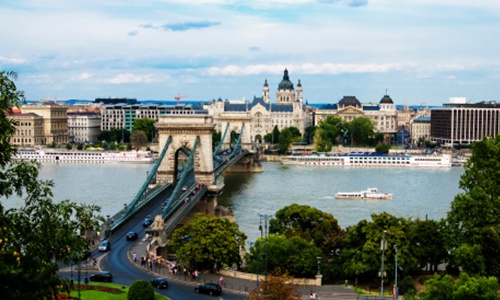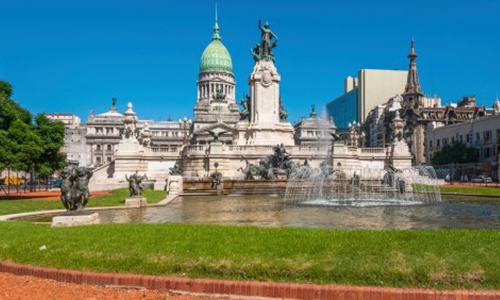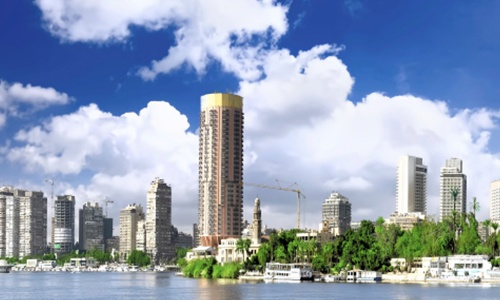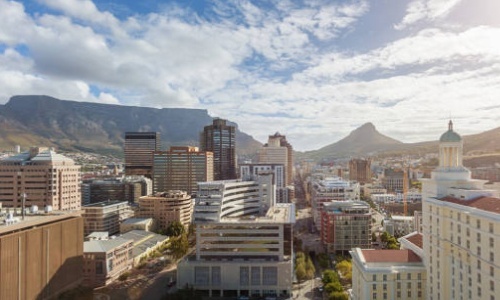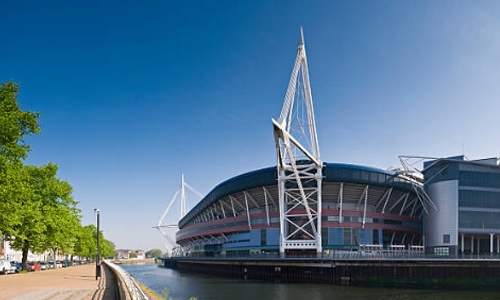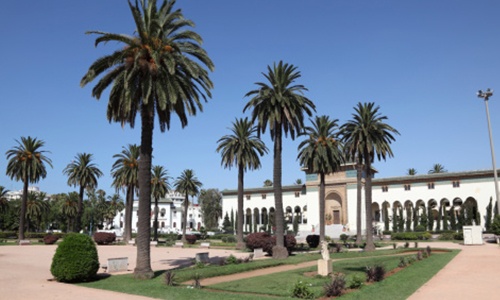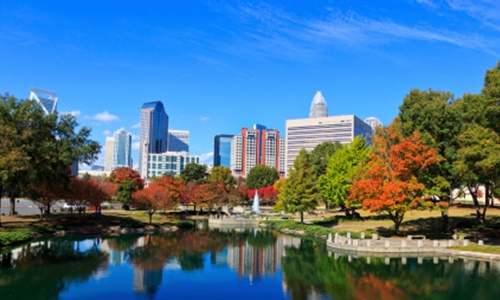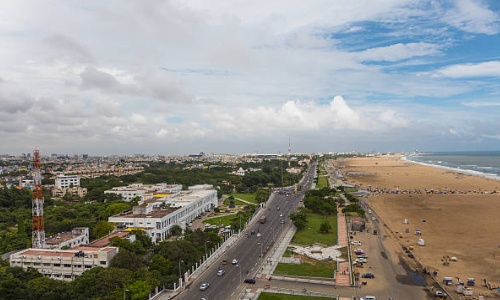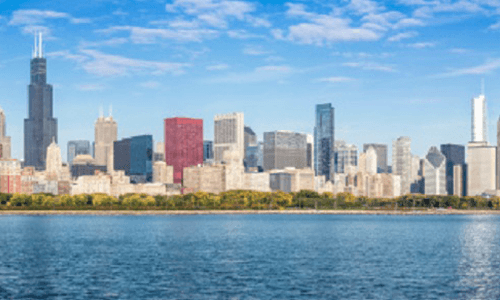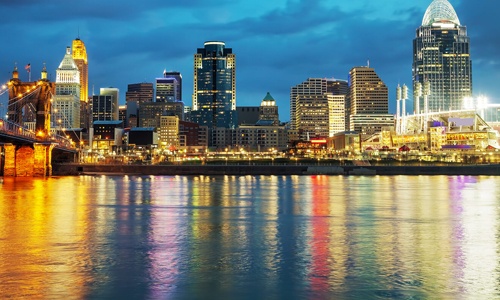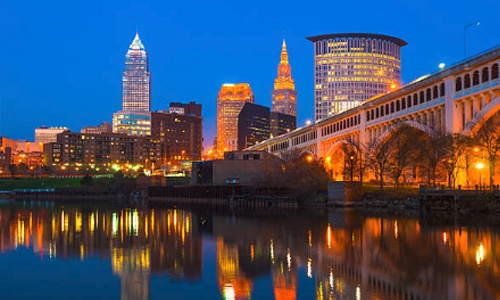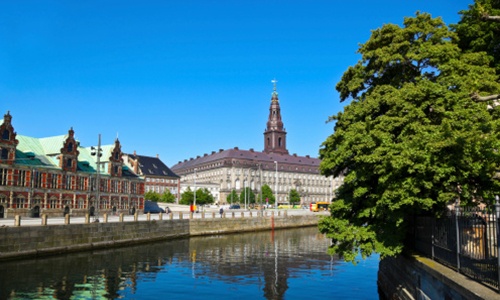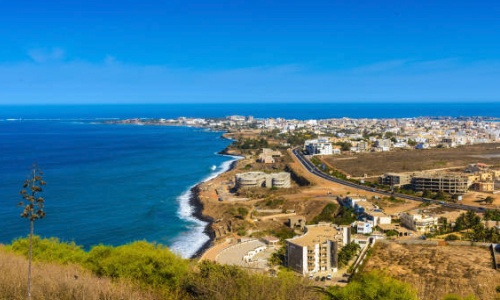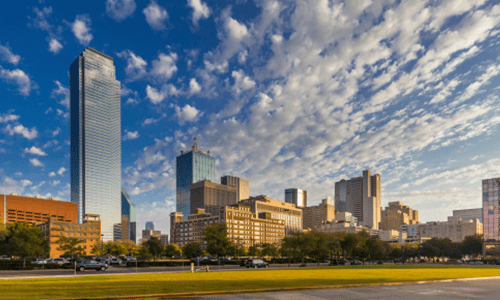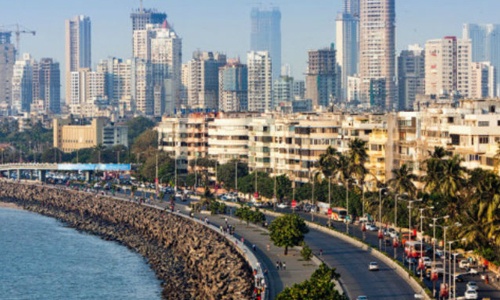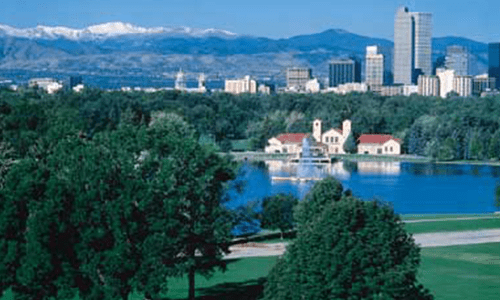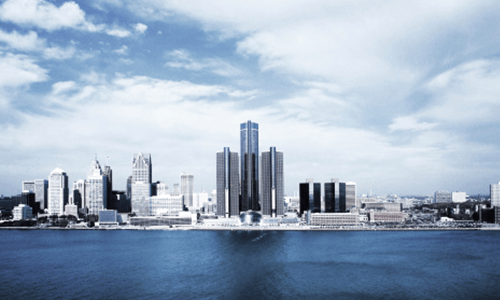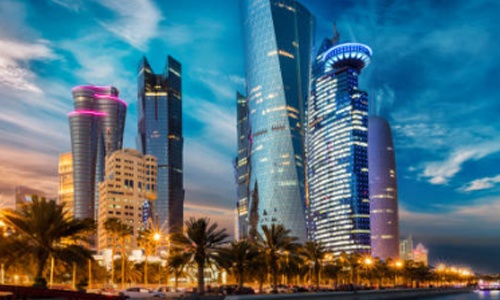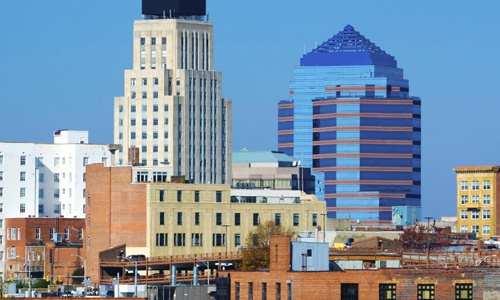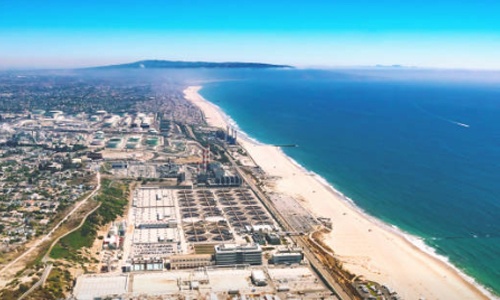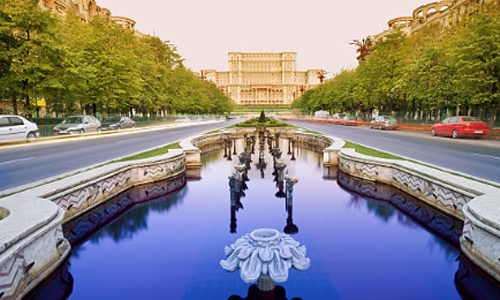
Bucharest, Romania
Bucharest is the centre of the Romanian economy and industry, accounting for around 22.7% of the country’s GDP and about one-quarter of its industrial production, while being inhabited by 9% of the country’s population. Almost one third of national taxes are paid by Bucharest’s citizens and companies. Bucharest’s economy is centered on industry and services, with services particularly growing in importance in the last ten years. The headquarters of 186,000 firms, including nearly all large Romanian companies are located in Bucharest. An important source of growth has been the city’s rapidly expanding property and construction sector. Bucharest is also Romania’s largest centre for information technology and communications and is home to several software companies operating offshore delivery centres. Romania’s largest stock exchange, the Bucharest Stock Exchange, which was merged with the Bucharest-based electronic stock exchange Rasdaq, plays a major role in the city’s economy.






